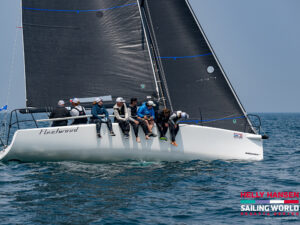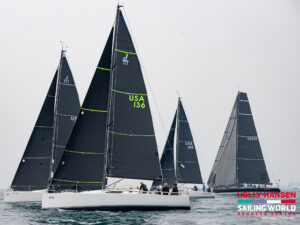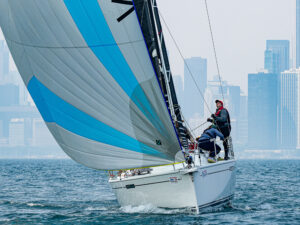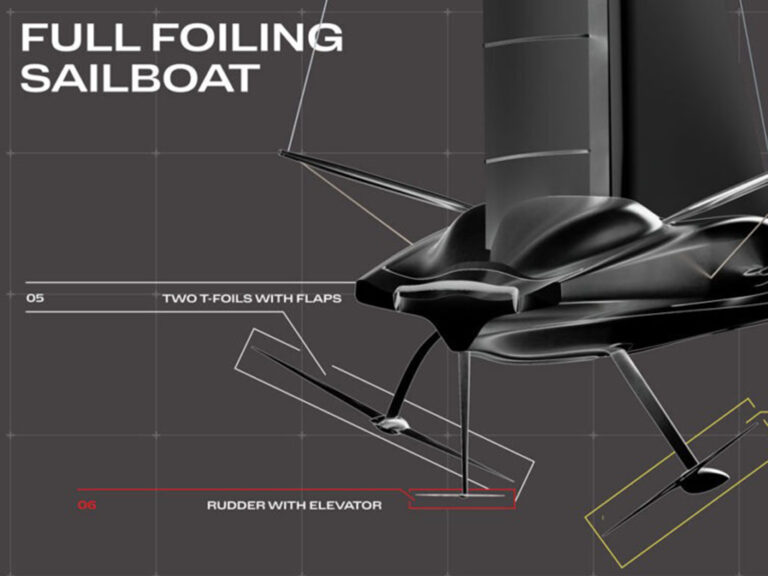
SD NOOD Wind 2006
Typical weather conditions in Southern California are dominated by the meso-scale sea breeze. The Pacific sub-tropical high-pressure system lying offshore maintains a strong and steady subsidence inversion along the coast. Upper level air within this system sinks, is compressed and progressively warmed, but air in contact with the sea becomes progressively cooler, thus strengthening the inversion. Colder sea surface temperatures, thanks to the south-going California current, maintain this ever-present marine layer and reinforce the stability of the lower 2000ft. Synoptic (large scale) winds therefore typically play a lesser role, allowing the sea breeze and more localized winds to dominate.Through a typical March, Pacific high-pressure tends to shift more northwards, and a thermal trough develops inland giving a bit stronger sea breeze potential. Surface winds through the morning hours are generally weak, with sea breeze onset often largely dependent upon the timing of low cloud and fog erosion. An early burn off results in an early but usually weak initial sea breeze, but slow burn off may result in calmer conditions lasting through midday and into early afternoon.At right are the exact wind graphs from last year’s races. Notice that the first two days of racing had sea breeze onsets between 9 and 10 a.m., then a progressive veer from SSW to SW flow as the sea breezes matured. On the third day of racing, the ENE flow remained the entire day as synoptic flow dominated and no sea breeze signature was seen. Competitors should play close attention to the morning winds as a persistent ENE breeze may indicate a shift in the Pacific High and the chance for the winds to continue. A light offshore breeze and clouds early on are an indication of weaker synoptic winds and the potential for a sea breeze to fill in.With so many variables dictating the strength and duration of the sea breezes, real-time data and short range forecasts are paramount to keep the edge on the competition. Sailflow.com provides complimentary access to its real-time wind sensors as well as forecast products through the race period at www.sailflow.com/sandiego. In cooperation with North Sails, Sailing Weather Service is offering free precision race forecasts for this event.Sign up at na.northsails.com/ew/ew_main.tafHow to read the Wind Roses: The length of each spoke relates to the frequency, or more specifically the percentage of time that the wind blows from a particular direction. Silver Strand Beach is a Sailflow Sensor just south of the racing area. North Island Naval Air Station is a public sensor east of the race area.









